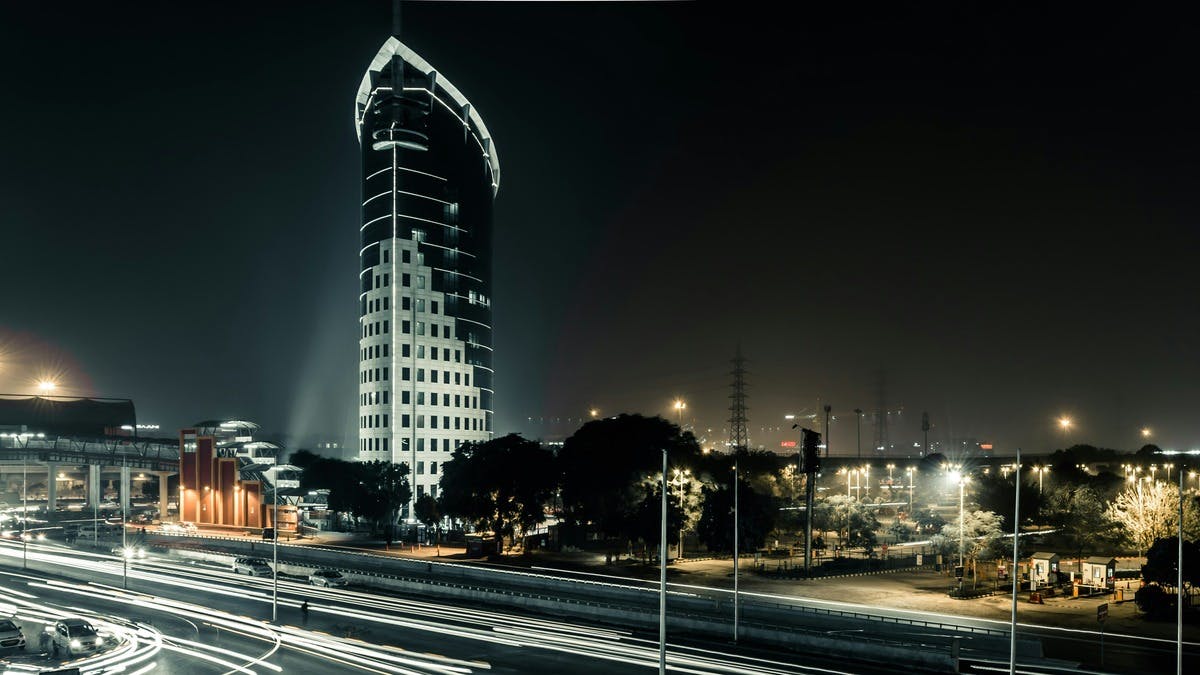India’s real GDP showed robust growth, expanding by 7.6% year-on-year in the July-September period, according to data released by the Ministry of Statistics & Programme Implementation on November 30.
The growth on a value-added basis (GVA) stood at an impressive 7.4% (Figure 1), outperforming the expected 6.8%. This performance highlights the resilience of India’s economy, with year-on-year real GDP growth for April-September reaching 7.7%. Despite concerns about post-festive season consumption and the Reserve Bank of India’s (RBI) stricter lending restrictions, the outlook suggests potential for growth beyond previous estimates.
The RBI, in its October 4-6 monetary policy meeting, projected a real GDP growth of 6.5% for July-September, with a growth forecast of 6.5% for FY2023-24. Given the strong performance in July-September and the sustained growth momentum, a revision of the growth forecast is likely at the upcoming policy meeting on December 6-8.
Ryota Abe, an Economist in the Global Markets and Treasury Department, Asia Pacific Division at Sumitomo Mitsui Banking Corporation (SMBC), provides insights on the economic outlook:
“Looking ahead, it is crucial to closely monitor post-festive season consumption and the Reserve Bank of India’s (RBI) stricter restrictions on private lending. Despite these considerations, there is an anticipation of higher growth than initially expected.”
Private Consumption Remains Strong
On the demand side, government spending surged by 12.4% year-on-year, contributing 1.1 percentage points to overall growth. While net exports continued to have a negative impact, the reduction in negative contribution by 1.0 percentage points compared to the June quarter is notable, driven by positive export trends. Private consumption also saw a healthy rise of 3.1% year-on-year, with a steady average quarter-on-quarter growth of 0.8% over the past four quarters. Despite economic conditions marked by rate hikes and inflation, private consumption has unexpectedly remained robust.
“Despite geopolitical risks, the current likelihood of a rebound in inflation due to a sharp rise in oil prices is deemed low. Consequently, it is expected that the RBI will maintain the policy rate for the time being,” Ryota said.
Monitoring Private Lending Trends
On the production side, manufacturing recorded significant expansion at 13.9% year-on-year, contributing 2.5 percentage points to overall growth. This contribution is double that of the pre-pandemic period, emphasizing the sector’s substantial impact. Construction also played a pivotal role with 13.3% growth, contributing 1.0 percentage points to economic growth. The October production index for eight major industries indicated a robust performance, with manufacturing and construction likely to sustain their positive momentum into the October-December period.
Expressing concern, Abe highlights the possibility of excessive lending, particularly evident with private lending growing by 30% year-on-year in September.
“It is crucial to monitor private lending trends, given the industry’s 30% year-on-year growth in September. The RBI’s stricter regulations announced on November 16 aim to address concerns of excessive lending, and their effectiveness will be closely observed. Additionally, while sentiment in manufacturing and services remains positive, there are early signs of a slight weakening in the indices.”
Furthermore, despite higher-than-expected real GDP in the September quarter, Abe advises exercising caution due to potential downside risks, emphasizing the need for a vigilant approach.
Key Takeaways from India’s Q2 FY24 GDP Growth
Nominal GDP Expansion
The Q2 2023-24 Nominal GDP, or GDP at current prices, reached ₹71.66 lakh crore, marking a growth of 9.1% from ₹65.67 lakh crore in Q2 2022-23. While this growth was slightly slower than the 17.2% expansion in Q2 2022-23, it outpaced the 7.8% growth in the previous quarter. The comparison benefited from a lower base in the previous year.
Surpassing RBI Estimates
The GDP growth in the September quarter exceeded both market expectations and the Reserve Bank of India’s (RBI) projections. The RBI had maintained a real GDP growth forecast for 2023-24 at 6.5%, with Q2 at 6.5%, Q3 at 6.0%, and Q4 at 5.7%. The central bank, in its recent monetary policy meeting, expressed concern about rising inflation and its potential impact on the growth outlook.
Sectoral Support
The manufacturing sector, constituting 17% of the economy for the past decade, expanded by 13.9% year-on-year in the September quarter, compared to a contraction of 3.8% in the same period the previous year. The mining sector accelerated to 10%, while construction witnessed robust growth at 13.3% year-on-year.
Government Spending vs. Private Consumption
Government spending saw a significant rise of 12.4% year-on-year in the September quarter, rebounding from a 0.7% contraction in the previous quarter. However, private consumption growth unexpectedly slowed to 3.1% year-on-year from the previous 6%. Capital formation, indicating investment, picked up pace, growing by 11% year-on-year, compared to 8% in the preceding three months.
Economic Outlook and RBI’s Stance
Chief Economic Advisor (CEA) V Anantha Nageswaran commented on the Q2 GDP print, stating that current trends might indicate India underestimating its GDP growth. Despite retaining the FY24 GDP growth forecast at 6.5%, Nageswaran mentioned a potential upside based on the July-September growth data. Economists anticipate a continued hawkish stance from the RBI in the upcoming monetary policy committee (MPC) announcement on December 8, given the stronger-than-expected Q2 GDP growth rate.
Keep up to date with our stories on LinkedIn, Twitter, Facebook and Instagram.

